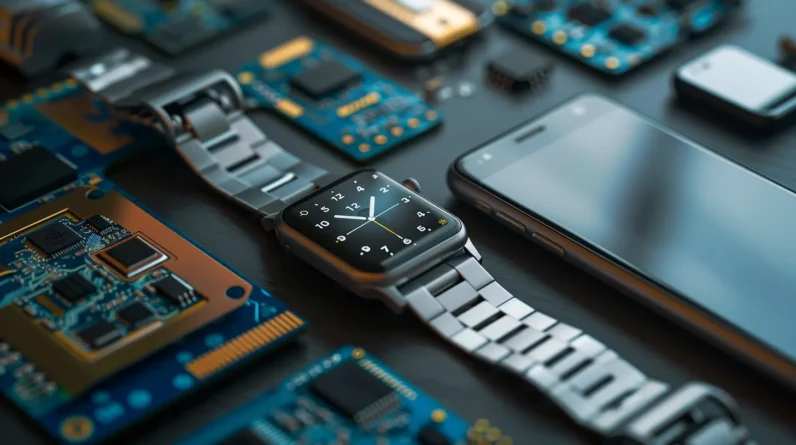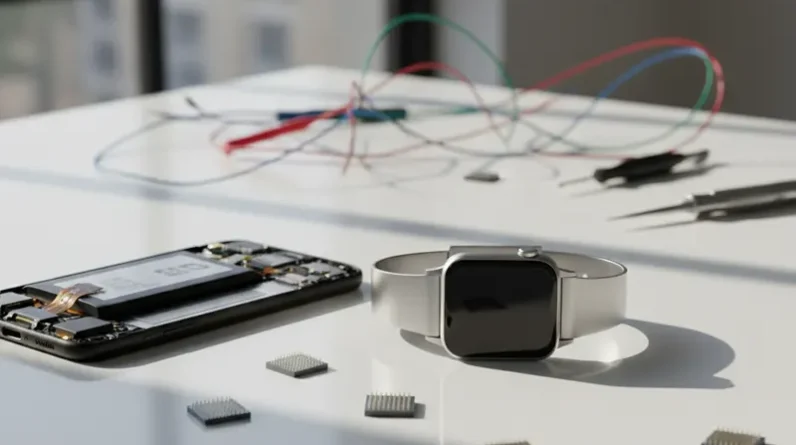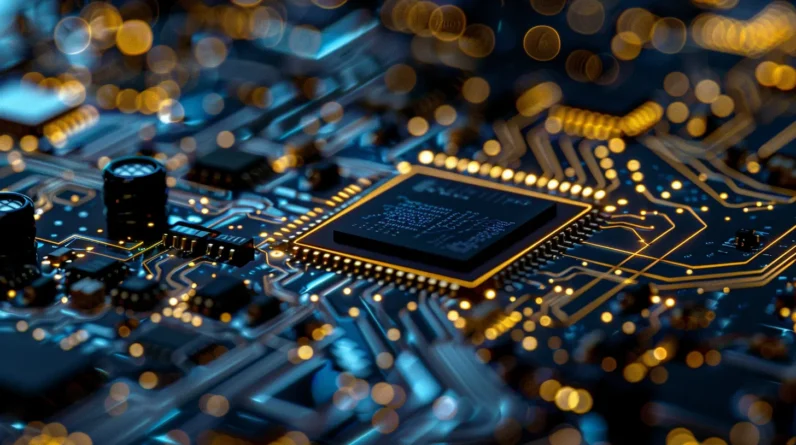
We’re witnessing an era where data growth, smart device proliferation, and dependability converge. Data usage is soaring, with global mobile data projected to reach 200 exabytes by 2025. As we design and depend on smart devices, we’re driving innovation – and we’re just getting started, with more insights on this trifecta waiting to be explored.
Data Growth and Usage Trends
As we explore into the domain of data growth and usage trends, it’s clear that our reliance on mobile devices is driving a significant uptick in global mobile data usage, which is projected to reach 200 exabytes by 2025. We’re analyzing usage patterns to understand this surge. Data analysis reveals that video applications dominate mobile data consumption. Our examination of data growth trends shows average smartphone user data consumption increasing to 23 GB per month by 2025. We’re seeing significant data consumption from social networking and software updates, indicating shifting usage patterns that inform our data analysis.
Smart Device Proliferation
We’re witnessing a rapid expansion of smart devices, driven by our growing reliance on mobile technology and increasing demand for connected solutions. Market trends indicate a shift towards smart homes, with consumer behavior driving growth.
| Category | Market Size | Growth Rate |
|---|---|---|
| Smart Home | $127.80B | 27% |
| Smart Devices | $49.04B | 15% |
| IoT | $150B | 15% |
| AI | $537.27B | 27% |
We see significant market trends and consumer behavior changes, fuelling this proliferation.
Network Technology and Connectivity Enhancements
When implementing smart devices, our primary concern is guaranteeing reliable, high-speed connectivity. We’re leveraging Network Enhancements, such as Wi-Fi 7 and 5G, to enable faster data transfer and lower latency. These Connectivity Solutions support critical applications like video calls and remote diagnostics. With intelligent multi-link operation and wider channels, we can guarantee more reliable connections in dense environments. We’re also exploring 6G technology, which promises speeds up to 1 terabit per second. By implementing these Network Enhancements, we can provide robust Connectivity Solutions for our smart devices, supporting innovations like telemedicine and autonomous transport. This enhances overall system efficiency.
Design Considerations for Smart Devices
Designing smart devices requires careful consideration of multiple factors to guarantee they meet user needs and deliver seamless experiences. We conduct user research to understand pain points and needs, informing interface design that’s intuitive and simple. By prioritizing features based on direct user value, we create devices that serve multiple user contexts effectively. Effective interface design is key, utilizing clear language and logical menu structures for easy navigation. We incorporate user research into our design process to guarantee our devices meet user needs, delivering seamless experiences through well-designed interfaces. This approach enables us to craft devices that are both functional and user-friendly.
Dependability and Security Challenges
As we explore into the domain of smart devices, dependability and security challenges emerge as a top priority, since these devices are only as strong as their weakest link. We face significant security risks from cyber threats, including mobile malware and ransomware. These threats can bypass traditional security defenses and exploit vulnerabilities in IoT ecosystems. We must stay vigilant and update our security measures continuously to mitigate these risks. Cyber threats are becoming increasingly sophisticated, using AI and social engineering to deceive users, making it vital to address these challenges proactively to guarantee the dependability of our smart devices.
Impact on Industry and Daily Life
We’re addressing the same security risks and dependability challenges in smart devices that we discussed earlier, but now we’re looking at them through the lens of their impact on industry and daily life. We see significant economic benefits, with IoT adoption potentially contributing $11.1 trillion to the global economy by 2025. Industry trends indicate substantial growth, driven by increasing adoption in manufacturing, healthcare, and smart homes. These advancements bring numerous benefits, including enhanced efficiency and productivity, driving innovation and economic growth. As a result, we expect to see continued investment in IoT, with spending projected to reach $412 billion by 2025.
Conclusion
We’re witnessing the power of data, design, and dependability in smart devices. For example, a smart home system like Amazon’s Echo can seamlessly integrate data from various sources, ensuring a reliable and secure user experience, making our lives easier and more convenient. This trifecta is revolutionizing industries and daily life.







